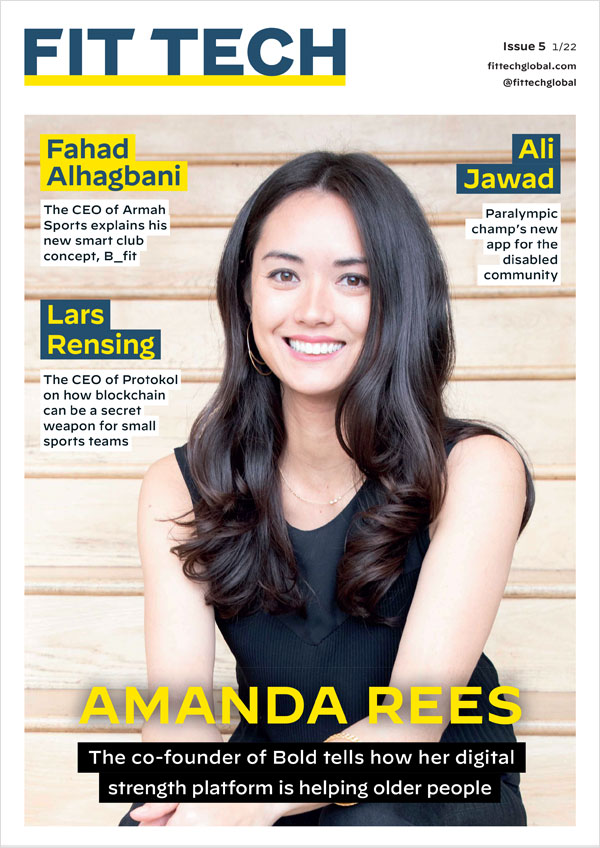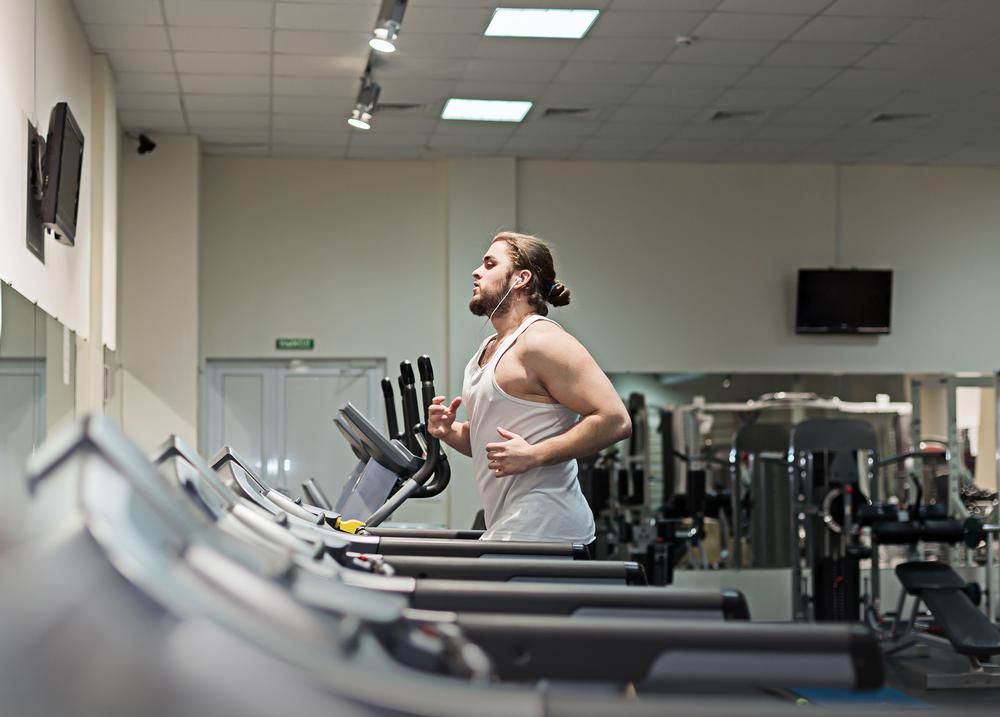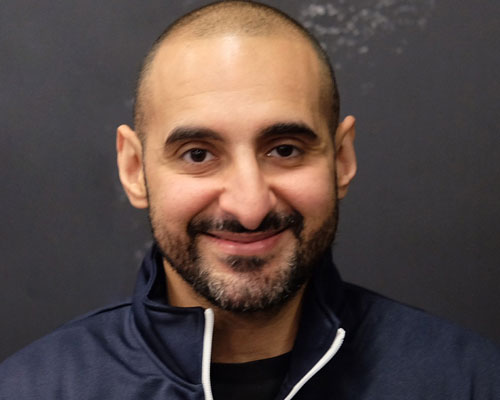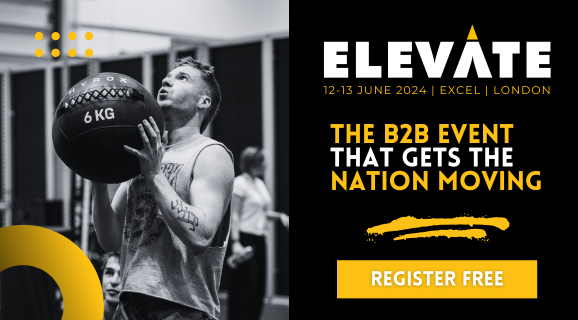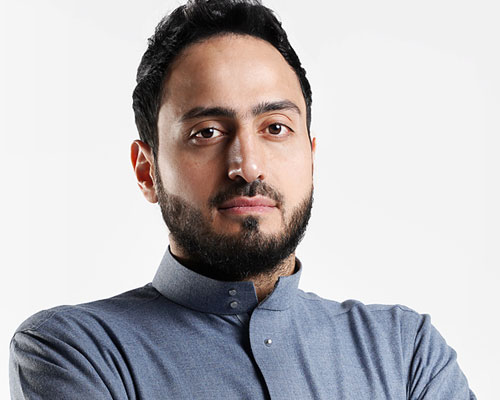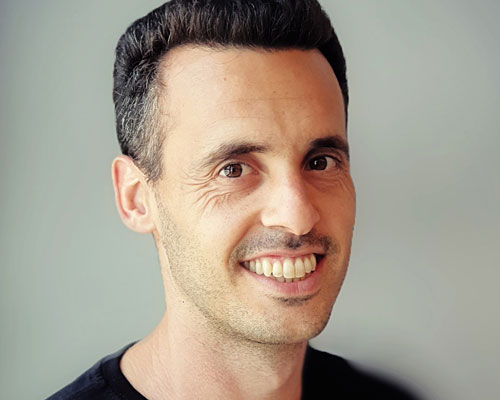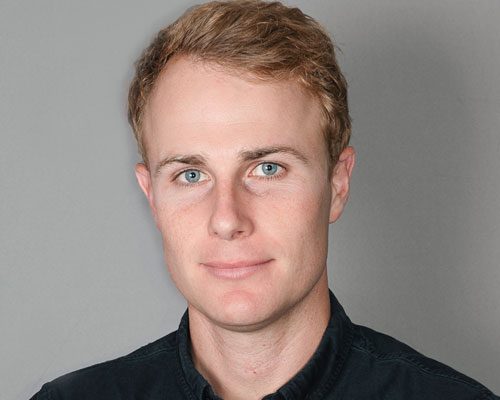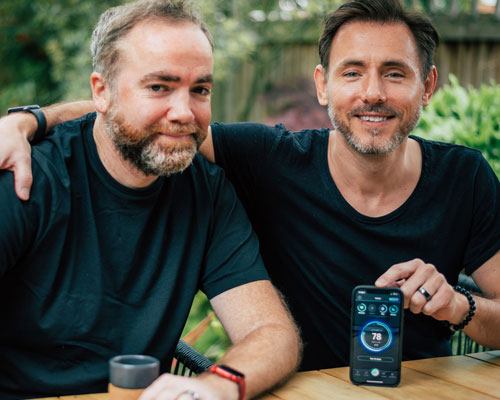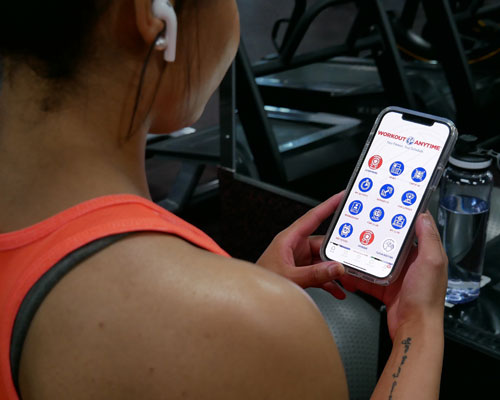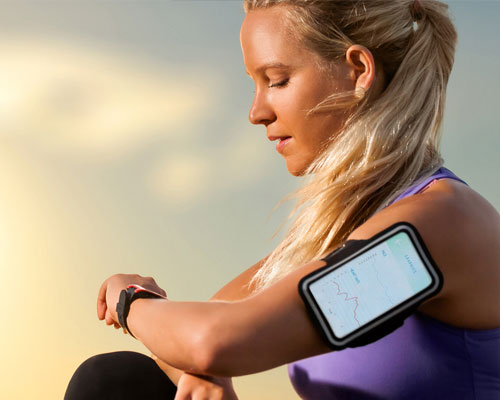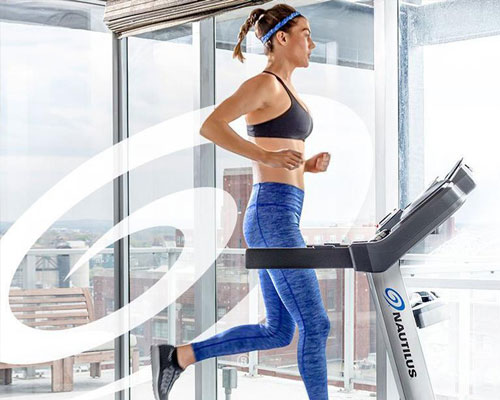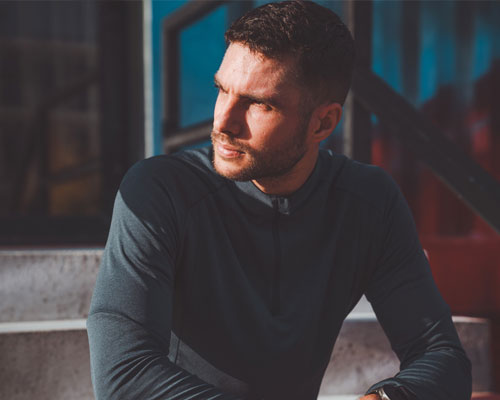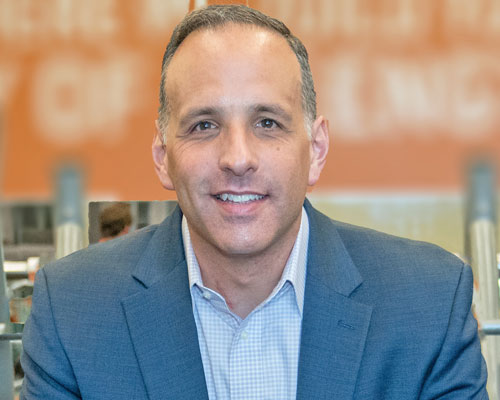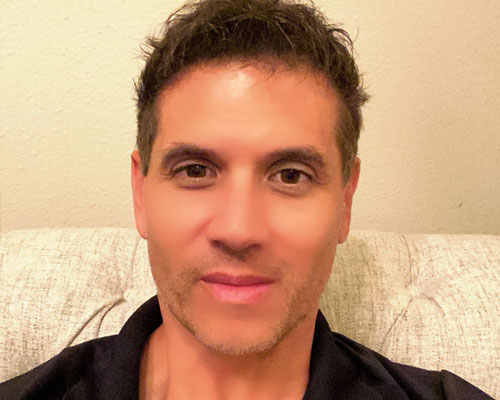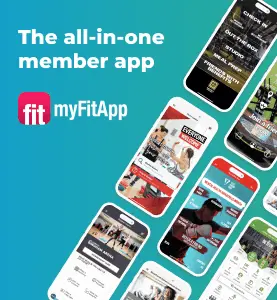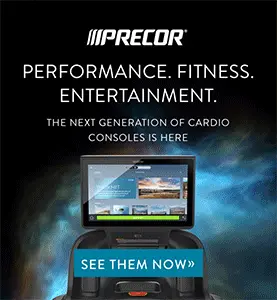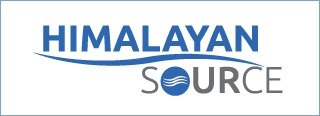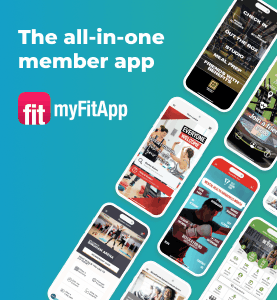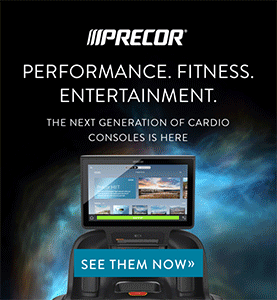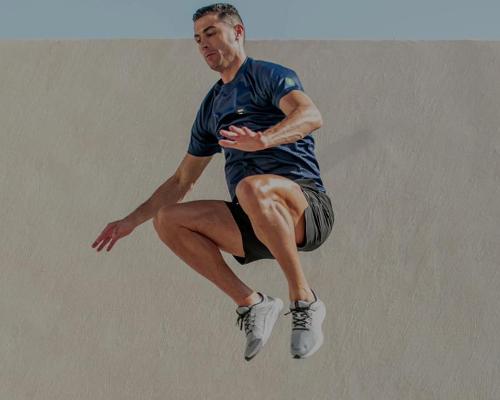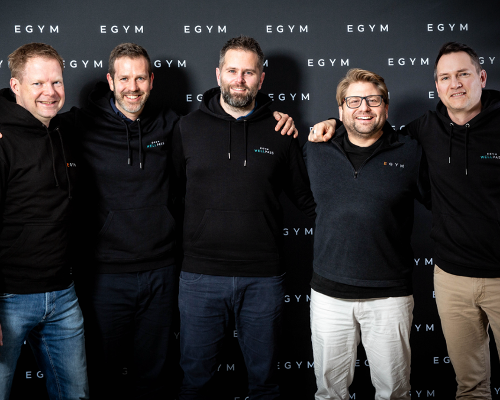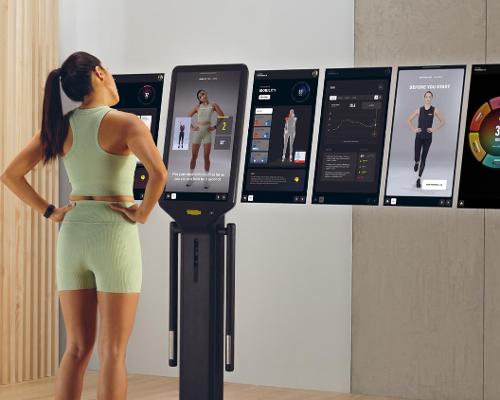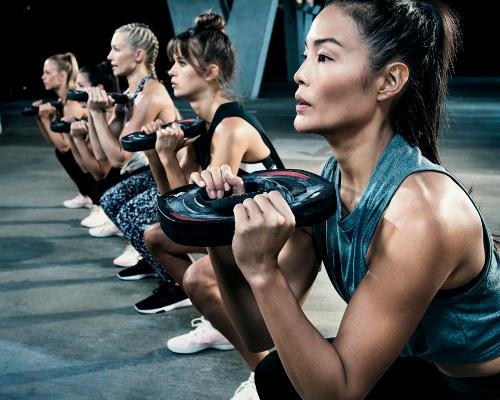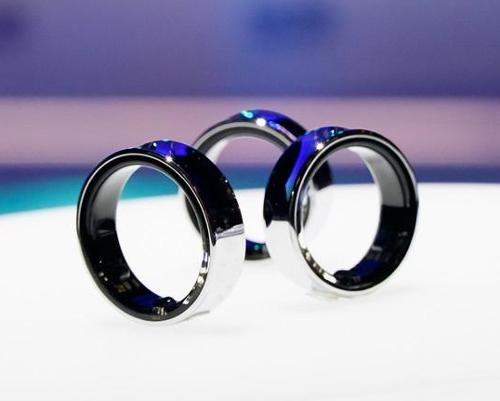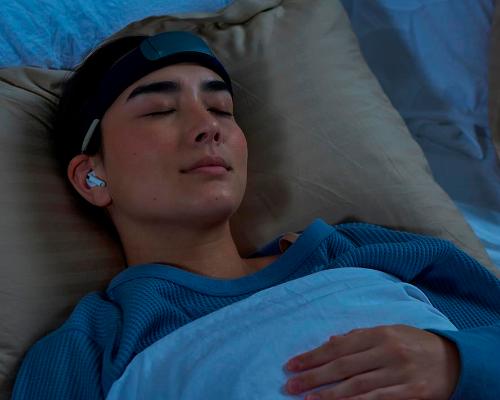Researchers have long known that regular exercise reduces the risk of cancer and lessens the risk of its return. What wasn’t known was the mechanism behind this effect. If researchers could pinpoint the action that was triggered by exercise, this could be used to better treat cancer patients.
A team led by Dr Pernille Hojman at Copenhagen University Hospital took up the challenge, testing the effect on mice. The study had several stages. In the first stage, the team split the mice into two groups: the active group, who had running wheels in their cages, and the inactive group, who had no running wheels. All mice were injected with cancer-causing substances.
The results confirmed the premise of the study. “We found that tumour growth in the running mice was reduced by more than 50 per cent compared to the inactive mice,” says Dr Hojman. “I was surprised by the effect – it was so dramatic and convincing.”
Natural killers
The next step was to test the mechanisms behind this dramatic effect. The team analysed the tumours from the mice and found that those from the active mice contained more immune cells than those from inactive mice. Specifically, there were double the number of cytotoxic T-cells, which attack cancerous cells, and five times the number of natural killer (NK) cells, which attract immune cells to a damaged area of the body.
Having discovered the presence of these cells, Dr Hojman and team embarked on the third stage of the study, in which they engineered the mice to lack either NK cells or T-cells. A lack of T-cells had little impact, but without NK cells, both active and inactive mice developed tumours of the same size. This indicated that NK cells, not T-cells, were responsible for the beneficial effect.
Finally, in an effort to explain how exercise triggers an increase in NK cells, Dr Hojman tested the hormone commonly associated with exercise – adrenalin, also known as epinephrine. When this hormone was injected into inactive mice, tumour growth was reduced by 61 per cent. However, the active mice, also given epinephrine, showed an even more impressive reduction of 74 per cent. There was clearly something else involved.
After further testing, it was found that the molecule interleukin-6, which also increases with exercise and assists immune cells, was the missing link. When the researchers injected inactive mice with both epinephrine and interleukin-6, tumour growth was slowed to the same rate as those of the active mice.
The exercise drug
Dr Hojman explains why these findings are so important. “We are now testing cancer patients, and our preliminary data suggest that the mechanism is the same in humans as it was in mice.
“I think our results will help to precisely prescribe what type and amount of exercise should be performed to obtain this beneficial effect on tumour growth. We are still in the early phases, but currently we are recommending that all cancer patients perform high-intensity but short sessions of endurance training.”
It is also possible that epinephrine and interleukin-6 could be given as drugs to treat cancer patients who are too ill to be sufficiently active. ?
*Pedersen, L et al. Voluntary running suppresses tumor growth through epinephrine- and IL-6-dependent NK cell mobilization and redistribution. Cell Metabolism. Volume 23, Issue 3.






